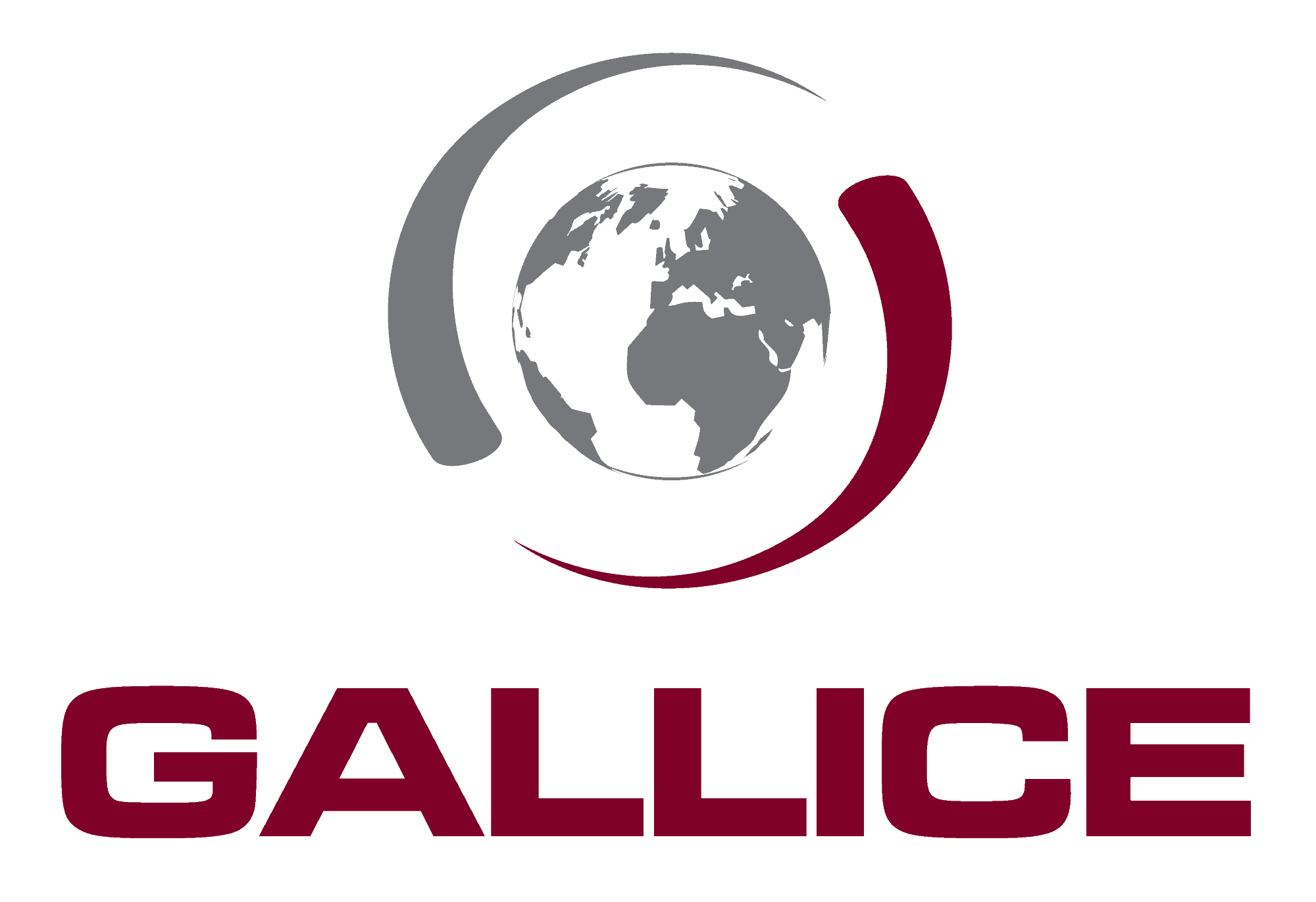CHILE
In 2025, Chile remains one of the most institutionally stable countries in South America, though its social cohesion remains fragile. President Gabriel Boric’s administration, in office since 2022, follows a moderate trajectory, navigating tough compromises between progressive aspirations and political constraints in a divided Congress.
After two failed constitutional reform processes (2022 and 2023), the effort to replace the Pinochet-era constitution appears to be on hold. The government has re-focused on concrete priorities: security, poverty reduction, public investment, and environmental protection. This pragmatic shift has helped to reduce social tensions compared to the mass protests of 2019–2020.
Nevertheless, the security situation has worsened in several regions.
In the South (Araucanía, Biobío, Los Ríos), the conflict with radical Mapuche groups has escalated. Infrastructure attacks, arson, clashes with security forces, and land claims have made these areas unstable. A state of emergency remains in effect, and the government response is increasingly militarised.
In the North, at the border with Bolivia and Peru, uncontrolled migration flows (notably Venezuelan) have sparked tensions and incidents of xenophobia. Authorities have stepped up border controls and increased military presence.
In major cities like Santiago, Valparaíso, and Antofagasta, organised crime (drug trafficking, extortion, homicides) is on the rise, driven by the infiltration of transnational criminal networks, particularly Venezuelan (e.g. Tren de Aragua). The government has launched several domestic security plans, with mixed results.
Despite this, Chile remains relatively safe for travellers, provided basic precautions are taken: avoid demonstrations, stay alert in high-density urban areas, and avoid rural areas in the South without local guidance.
Economically, the country is seeing moderate recovery, driven by copper and lithium exports. Investments in green energy and digital infrastructure are growing. However, social inequality remains pronounced, and inflation continues to weigh on middle-class purchasing power.
